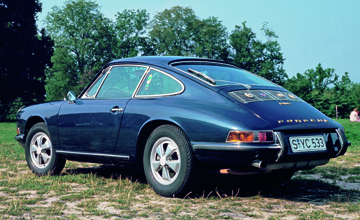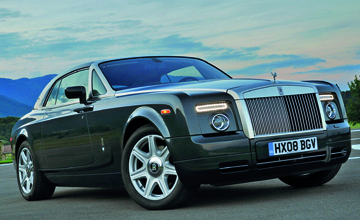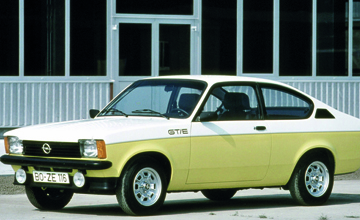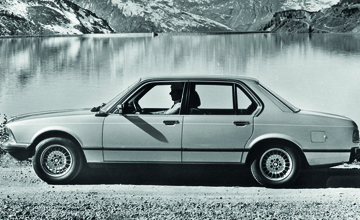History The history of a legend - how it all started
In September 1963, Porsche had presented the 911 and wanted to equip the most powerful version, the 911S, with a particularly lightweight and heavy-duty wheel. It should not be cast, but rather be a wheel forged from one piece, which was a novelty.
For OTTO FUCHS the idea of producing a light alloy wheel for Porsche was very interested. Even OTTO FUCHS was unable to use any example during the development of the wheel. The Fuchsfelge was the first undivided wheel that was not welded or riveted.
The first sketch of such a wheel was created at OTTO FUCHS on 13 February 1965. Using wood models, the intricacies of the design were discussed at a conference on 04 May 1965 at Porsche together with the team of Ferdinand Alexander Porsche, whereby Heinrich Klie is deemed the originator of the shape that was ultimately realised. The first wheels in the format 4½ J x 15 inch were put on the Porsche 911 Targa, which was presented at the IAA so as to assess trade experts‘ response to the new wheels. The response to the Fuchsfelge at the IAA was overwhelming, and Porsche ordered 5,000 wheels for the coming year on 21 December 1965.

The original design was drawn up by OTTO FUCHS

Only on the early Fuchsfelge: the catches on the inside served the purpose of fixation during rolling
Model history Wheel tour
The classic Fuchsfelge was the first forged wheel - and achieved cult status on other models, too. The following overview gives you a short inside in our model history.



















